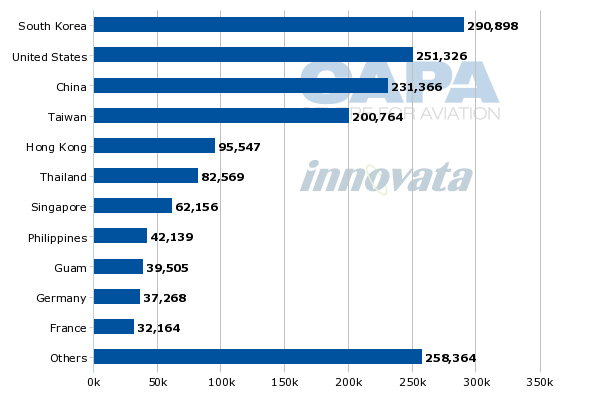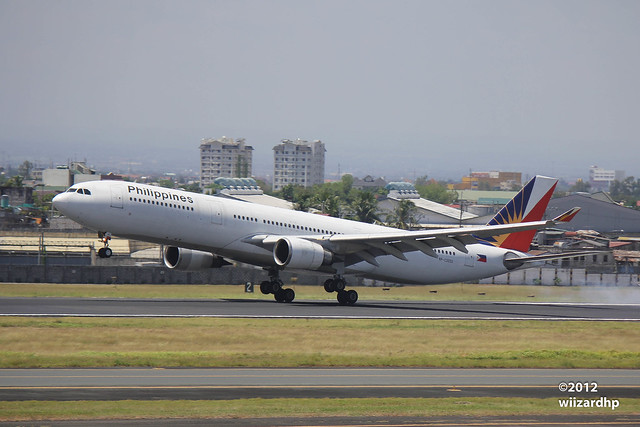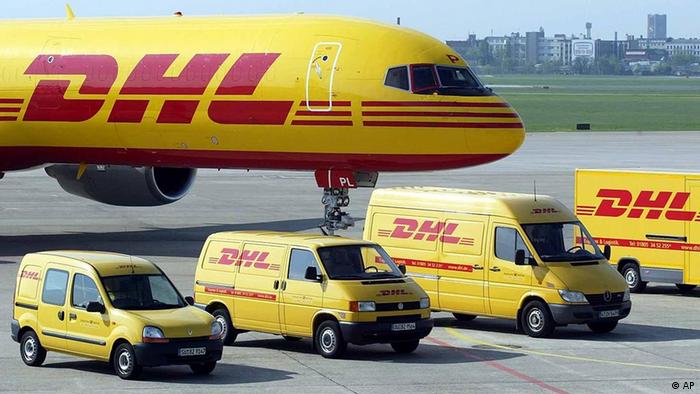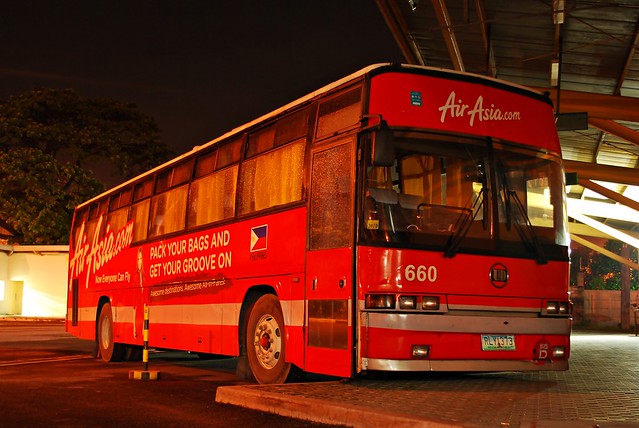
MANILA, Philippines - Maria Brigitte “Gigie” Baroa’s story as Emirates Philippines country manager started with one “strange call.”
In the story, the voice on the other line asked to meet with Baroa and later on, asked her if she would be interested in joining Emirates.
This was in 1990 or one year after Baroa became the country manager for Air India.
“A year later I got some strange call. It was from somebody I totally didn’t know,” Baroa told The Star.
“’We’re from Emirates. We’re in town and we’re seeing friends and your name came up. We’ve looked at the list of airlines operating from Manila and we’d like to learn more about Air India and we’d like to meet with you,” Baroa quoted the caller as saying.
Baroa agreed to the meeting, held at the lobby of then Philippine Plaza Hotel.
“We discussed tourism industry what kind of traffic I had at Air India. Right, then and there ‘they said, would you be interested to join us?’” Baroa said, her eyes still beaming as she recalled the fateful call.
It would be the start of a career in Emirates for Baroa.
Yet at the onset, Baroa was destined to become big in the travel and tourism industry.
Tourism, for her, was simply love at first sight.
“It’s really the joy of being out in the field more than anything else. I knew from college that I would not do a desk job. I was taking economics and I could not imagine myself in a desk in a bank. My parents wanted me to be a banker. I had to think of something else. I wanted to be really good,” Baroa said.
At the time, during her college days, tourism was a big thing.
“This was the Marcos days. I was really active in school,” she said.
Together with a college friend, Baroa put up the very first travel organization in Ateneo, the Ateneo Travel Club.
“We would put up packages for domestic runs for friends, during the holidays, she said.
She eventually moved to the Asian Institute of Tourism at the University of the Philippines, Diliman.
“Tourism was a big thing. I said oh-my-God that’s perfect for me. So I moved. I finished first tourism and then a year after, I finished my economics,” she said.
From school, one of her professors asked her to work with the Andres Soriano Group or Anscor.
“At the time, they were the big guns. They still owned San Miguel, Coke…I started with their travel unit called Tours Specialist and then they set up a travel holding company to combine, in-bound, out- bound flights, conventions, events and merchandising,” she narrated.
“I was moved to the holding company called Anscors’ Tourism Development Corp. When I moved out of the company, I was already conventions manager and then I had a short stint with an exhibition company. This gave me an international experience in handling conventions here,” she said.
Her experience made her ripe for a stint at Air India, which would later become her stepping-stone to the giant Emirates.
The rest, as they say, is history.
Yet Baroa recalls that putting up Emirates in the Philippines was quite a challenge.
“In the past, Middle East carriers were for labor traffic only. The perception was that it was smelly or only meant for cheap labor. It was difficult during our first year,” she said.
But with enough experience, Baroa carried on and pushed to bring Emirates in the radar screen of Filipino travellers.
“I was very lucky because the sales manager I had at the time was a Filipina who could speak both English and Chinese and at the time, we only had two to three flights a week via Hong Kong and of all time slots our Manila-HK had a departure of 5:30 in the morning. My Manila HK was the worst time slot,” she said.
Baroa and her team was unfazed.
“We tried out everything from fairs to promos. We tried menu tasting. We wanted to show everybody that we were okay. We were the first Middle East carrier for leisure and not just for labor. Slowly, we had people trying out our Manila-HK flights promotions. We had our door- to-door with agents,” she said.
And because hard work always pays off, the Emirates’ Manila-HK flights became quite a hit among the Chinese market and the byahera crowd or the businessmen and women who have shops in Greenhills and would often go in and out of the country for new items.
“Later on it became such a hit that we were able to get the Chinese Binondo market. We had traffic coming from Cebu to catch our Manila - HK flight. This was in spite of the early departure. We managed to come up with something that would attract them. You get to HK at 7 am you don’t waste time. You can maximize your stay in HK compared to our competitors at the time. That was our selling point,” she said.
Eventually, the HK station had grown full-blown that it could already operate on its own.
Now, Emirates Philippines remains true to Emirates position in the global airline industry market.
“We’re already one of the big boys. We’re no longer just the little brother,” Baroa said.
Now Emirates Philippines has 21 flights a week out of Manila, three times daily.
“With the entry of Emirates into the market, we’d like to think that we’ve raised standards. We put in entertainment. We were the first carrier to do that. We had an inflight entertainment. We were the first one to have inflight entertainment operated from special buttons from the seat, tapping on the screen. Our price is really value for money,” she said.
Today, Emirates soars even higher with the launch of its Clark-Dubai flights on October 1.
The daily flights will aim to capture the overseas Filipino workers who hail from central and northern Luzon.
“We hope we can grow further and expand the market. Ten years ago, we wouldn’t have thought of Clark. A study was made and our planning people said Clark is now ripe. It was a very thorough study. There’s a lot of investment but we’re pretty confident after a while, market will pick up. Passengers will realize there’s a lot of convenience in using Clark. It doesn’t make sense to go to Manila when all services are available in Clark,” she said.
Indeed, with Baroa at the helm, Emirates Philippines has nowhere to go but to fly higher.

























